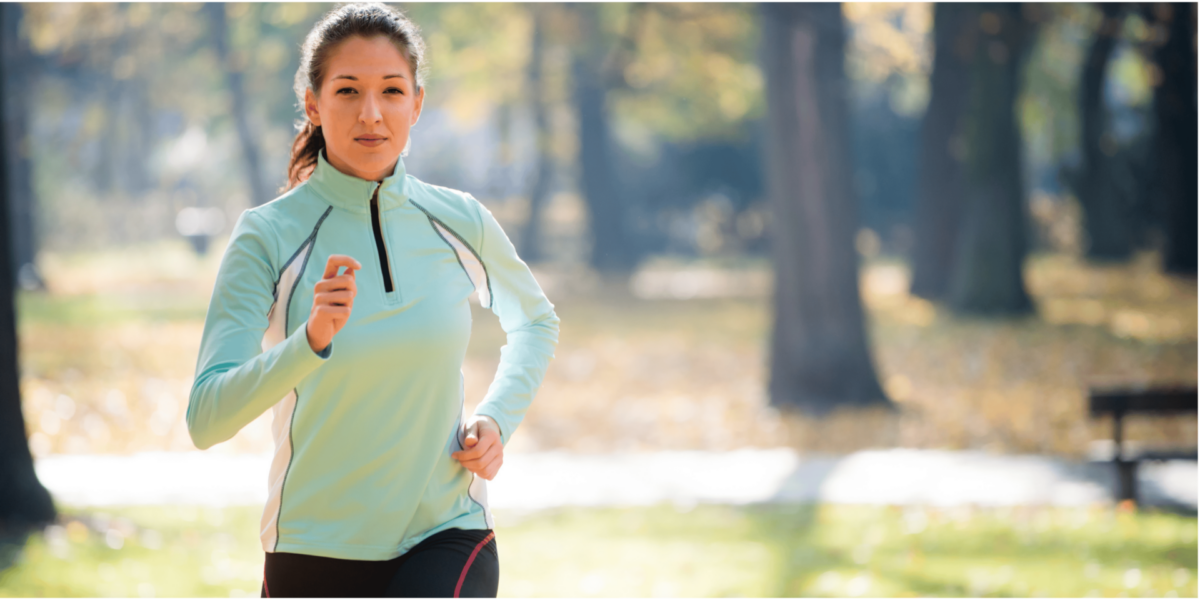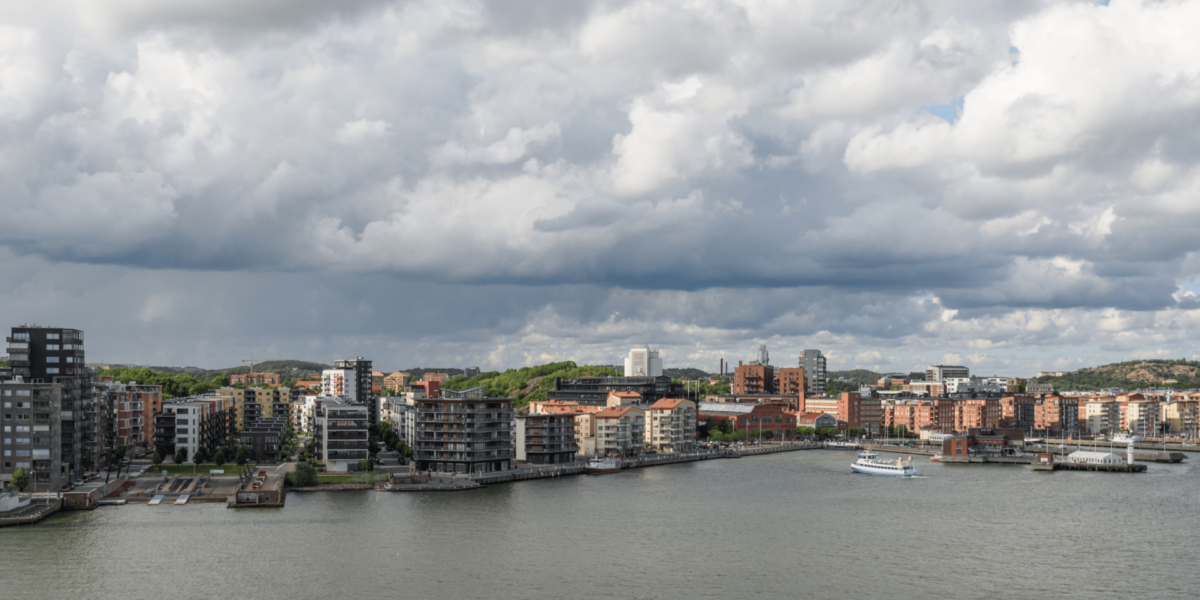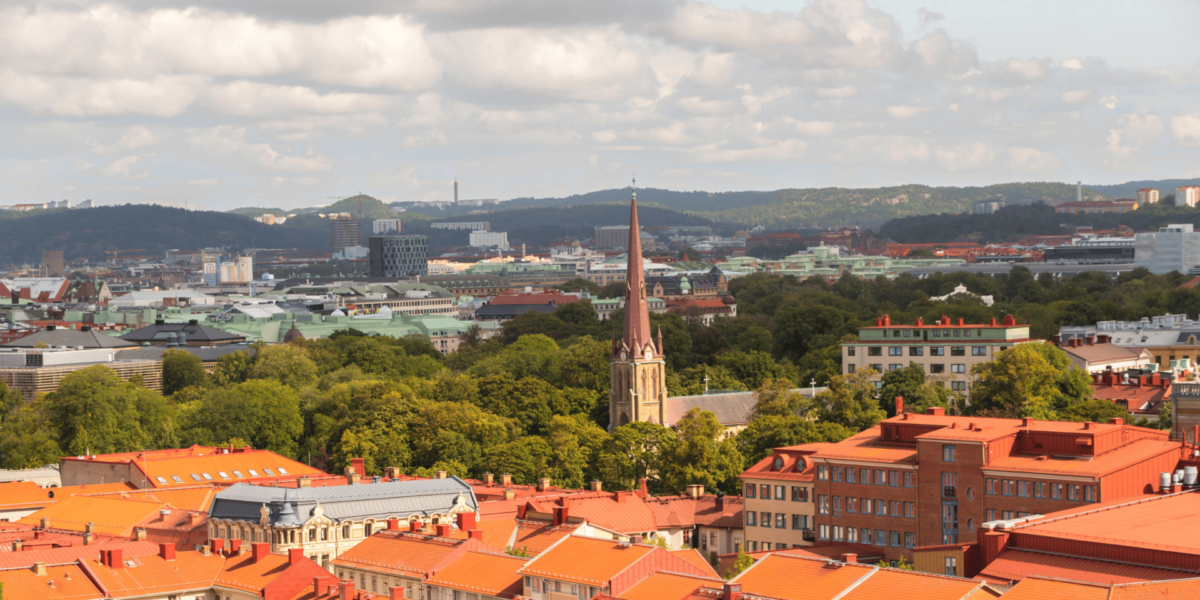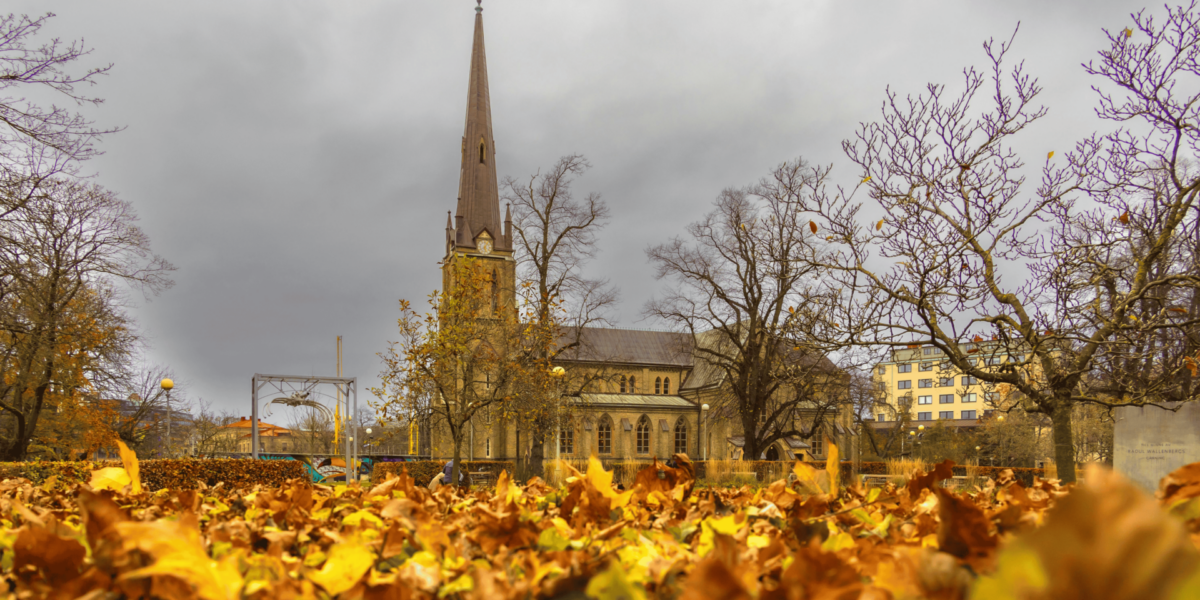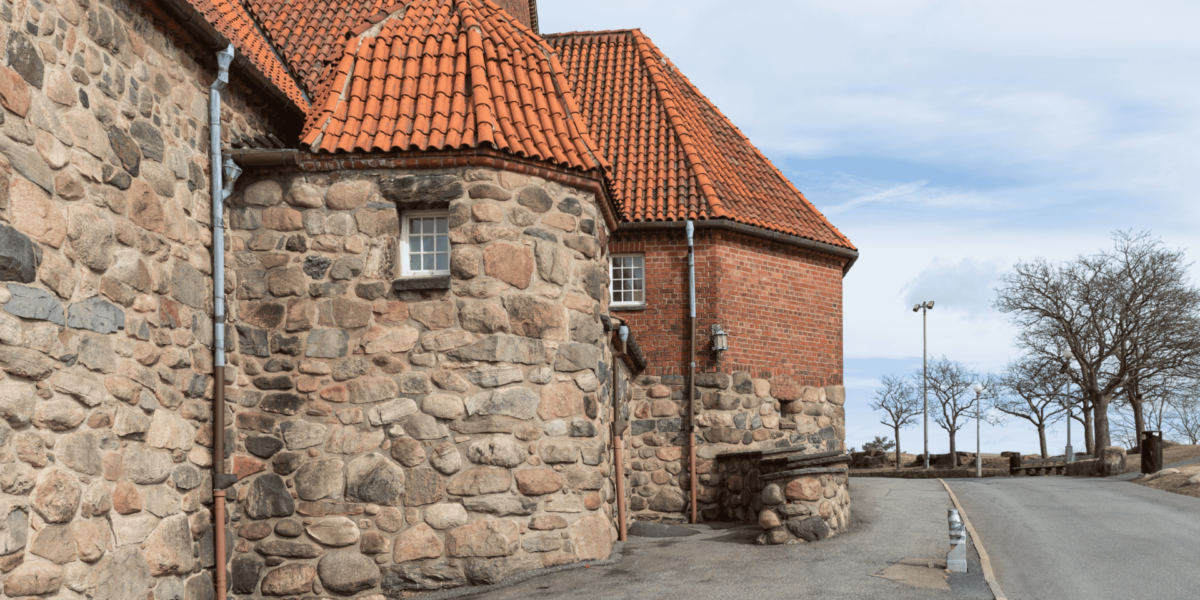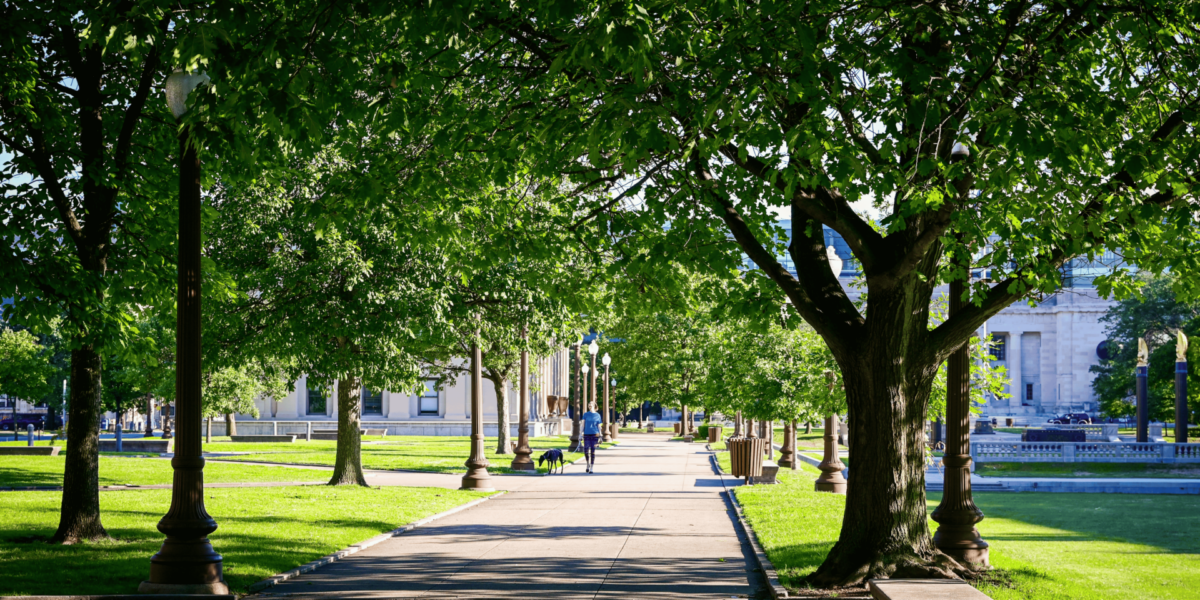Kviberg Park Connects Outdoor Life With Urban Energy
Kviberg Park, located in eastern Gothenburg, offers a rare blend of nature and athletic spaces. This area was once a military base, but today it serves as one of the city’s most active public zones. Visitors find both relaxation and movement woven into every part of the park.
The park’s open layout, forest trails, and sports facilities make it a central destination for both residents and travelers. Whether you’re arriving for a quiet walk or a high-energy match, the park meets you with clear paths, wide views, and functional design.
Prioritet Serneke Arena Defines the Park’s Athletic Core
At the heart of Kviberg Park stands the Prioritet Serneke Arena, the largest indoor sports complex in the Nordic region. The facility rises seven stories and includes spaces for football, skiing, fitness, and training events throughout the year.
A visitor walking through the arena experiences structured movement. From an indoor ski tunnel to a full-size football field, the space is built to keep activity flowing. Even on cold, dark winter days, athletes train indoors without interruption. This allows the park to support year-round sport without reliance on the weather.
Family Spaces Bring Play to the Forefront
Kviberg Park includes a family-oriented playground that reflects the area’s historical style. Inspired by the old military buildings nearby, the play area offers swings, trampolines, and a hobbyhorse track that resemble the look of old fortresses.
This attention to detail creates more than entertainment—it brings a setting that feels connected to the place. A child running across the rope bridge or sliding from a tower isn’t just playing; they’re moving within a park that remembers its past. Nearby, group workout sessions or weekend stage events offer parents and teens their own space to join the action.
The Nature Trail Provides a Living Contrast to the City
Kviberg’s 3.4-mile loop trail runs through pine woods, birch groves, and open meadows. While the trail is used for running, walking, and biking, it also delivers quiet and focus. Sounds shift from traffic to birdsong. Air becomes sharper under the trees.
A visitor may start the loop near the arena, but soon the paved city path gives way to compact earth and scattered pine needles. The change is subtle, but important—it invites attention, rather than distraction. Kviberg doesn’t just host activity; it guides attention back to the moment.
Historical Buildings Shape a Unique Urban Landscape
Kviberg’s military history remains visible through preserved buildings and structures across the park. Once used as barracks and training halls, many have been repurposed into schools, offices, and museums. Their brick walls, arched windows, and tower features bring contrast to the sleek design of the sports arena nearby.
A person walking from the hotel to the sports complex will pass these historical landmarks. The texture and detail of the architecture remind visitors that Kviberg has grown through layers of use, not sudden design. Each structure adds context, anchoring today’s activities in a visible past.
Modern Comforts Offer Seamless Access to the Park
Kviberg Park supports its visitors with a hotel, restaurant, and meeting areas directly inside the Prioritet Serneke Arena. The Kviberg Park Hotel & Conference provides a functional space for athletes, business travelers, and tourists alike.
A guest arriving early can store gear, grab a meal, and warm up before entering the arena. Inside the hotel, the Italian-American restaurant serves both quick lunches and evening meals. With direct access to fitness areas and ski tracks, the setup minimizes barriers. Visitors don’t need to leave the park to experience full hospitality.
The Park Supports Gothenburg’s Vision for Active Urban Life
Kviberg Park reflects a larger strategy in Gothenburg to connect wellness, culture, and sustainability. Instead of isolating sport into stadiums or nature into forests, Kviberg blends them. This approach reduces travel time, promotes outdoor living, and builds active habits in residents of all ages.
Local schools use the park’s resources for classes and training. Cultural events use the open grounds for pop-up stages and community events. The connection between natural landscape and structured sport offers both mental and physical health benefits for regular users.
Real-World Scenarios Reveal the Park’s Everyday Impact
On a typical weekday, a morning runner starts the loop trail as mist lifts off the fields. A fitness class gathers under a stage canopy for group training. Inside the arena, students play football under bright lights. A meeting begins in the conference space two floors up. Each part of the park operates independently, yet remains visually and physically connected.
This realistic mix of activity makes Kviberg Park more than a collection of features. It operates like a working system—a public space where daily life continues in motion, with minimal friction and maximum engagement.
Sustainability and Community Guide the Park’s Future
Ongoing development in Kviberg Park continues with a focus on environmental responsibility and long-term community use. Maintenance crews prioritize green landscaping. Local groups use meeting rooms and cultural venues for outreach programs. Public transit links ensure that the park remains accessible without adding pressure on local roads.
Future plans include expanding sports programming, increasing cultural events, and protecting natural zones within the park. This balance keeps Kviberg dynamic while still rooted in the needs of the community.
Kviberg Park Redefines What Urban Recreation Can Be
Kviberg Park does not separate leisure from history or activity from rest. It provides a space where biking past a pine forest leads naturally into a world-class sports arena. A family picnic under castle-like towers happens steps away from a fitness class or football game.
This rare blend of design, nature, and function shows what a modern city can offer when it listens to its landscape. Kviberg Park invites visitors not just to pass through—but to stay, to move, and to return.
